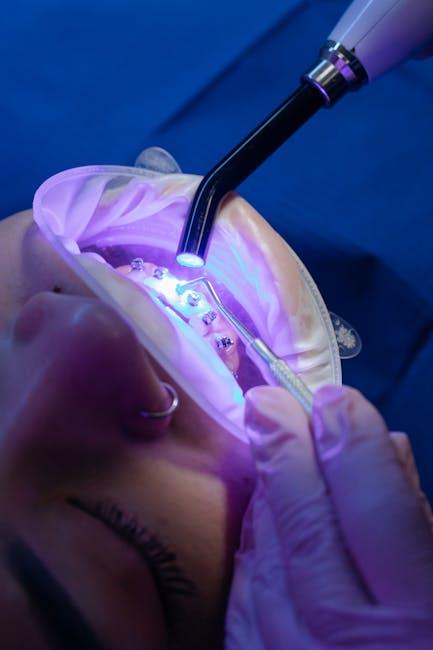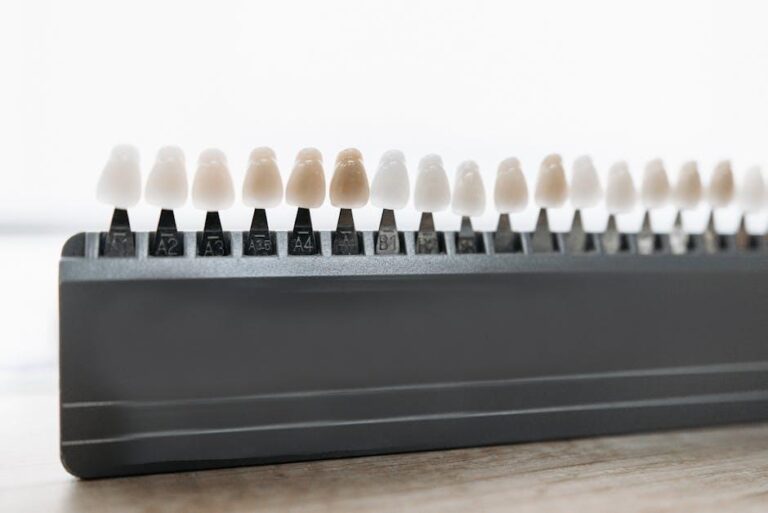
When Veneers Go Very Wrong: ‘I Knew I’d Made the Biggest Mistake of My Life’ – The Guardian
Dental veneers have become one of the most popular cosmetic dentistry solutions for achieving a perfect, confident smile. Yet, beneath their promise of aesthetic enhancement lies the potential for disappointment—some cases spiraling into painful, expensive ordeals. Inspired by The Guardian’s eye-opening article, this comprehensive piece dives deep into when veneers go very wrong, offering real insights and practical advice to help you make informed dental decisions.
Understanding Veneers: What They Are and How They Work
Before exploring what happens when veneers fail, it’s essential to understand what veneers actually are. Veneers are ultra-thin shells—usually made of porcelain or composite resin—that are bonded to the front surface of teeth. Their primary purposes include:
- Concealing discoloration or stains
- Repairing chipped or worn teeth
- Correcting minor gaps and misalignments
- Improving overall smile aesthetics
While many patients enjoy great results, veneers require precise dental expertise and suitable patient candidacy to avoid complications.
The Guardian Case Study: A Personal Story of Veneer Disaster
“I knew I’d made the biggest mistake of my life,” recounted the woman whose veneers nightmare was documented in The Guardian. After a rushed treatment with an inexperienced practitioner, she suffered from constant pain, poor fitting results, and irreversible damage.
The key factors contributing to her disastrous experience included:
- Inadequate consultation: The procedure was pushed through without proper diagnostic tests and realistic expectations.
- Poor craftsmanship: Veneers that didn’t fit well caused biting problems and irritation.
- Lack of aftercare: Follow-up treatments to manage side effects were insufficient.
Common Reasons Veneers Go Wrong
Dental veneers can fail for several reasons, many of which could be avoided with thorough research and choosing reputable dental professionals:
- Improper assessment: Not everyone is a suitable candidate, especially those with unhealthy teeth or gums.
- Poor bonding technique: Faulty adhesion can cause veneers to dislodge or create decay underneath.
- Excessive tooth removal: Over-grinding weakens natural teeth permanently.
- Subpar materials: Low-quality composite resins may discolor or chip quickly.
- Neglecting maintenance: Veneers require proper hygiene and regular dental checkups.
Benefits of Veneers When Done Right
Despite the risks, dental veneers offer many benefits when treatment is carefully planned and executed:
| Benefit | Description |
|---|---|
| Quick Smile Transformation | Veneers can drastically change your smile in just a few dental visits. |
| Natural Appearance | Porcelain veneers closely mimic the translucency of real teeth. |
| Durability | With proper care, veneers last 10-15 years or more. |
| Stain Resistance | Porcelain surfaces resist coffee, tea, and smoking stains better than natural enamel. |
| Minimally Invasive | Less tooth reduction needed compared to crowns. |
Practical Tips to Avoid Veneers Mistakes
To reduce the chance of experiencing veneer failures or complications, consider the following crucial advice:
- Research your dentist thoroughly: Look for certified cosmetic dentists with a strong portfolio and good patient reviews.
- Get a comprehensive dental exam: Ensure your gums and teeth are healthy before proceeding.
- Ask about materials and techniques: Confirm what type of veneers will be used and their expected lifespan.
- Understand risks and alternatives: Be fully aware of possible side effects and other cosmetic options like whitening or orthodontics.
- Request a trial smile or mock-up: Preview potential outcome with temporary veneers or digital imaging.
- Maintain good oral hygiene post-treatment: Follow dentist instructions carefully and schedule regular checkups.
What To Do If Veneers Go Wrong: Steps for Recovery
If you find yourself in a situation where veneers have caused pain or aesthetic issues, take these steps immediately:
- Contact your dentist: Report symptoms promptly to discuss adjustments or removal.
- Seek a second opinion: Consult with a qualified cosmetic dental specialist.
- Document your case: Keep pictures, costs, and treatment details for potential claims or reparations.
- Explore corrective options: This may include veneer replacement, crowns, or dental bonding depending on damage.
- Focus on oral health: Treat any decay or gum disease exacerbated by veneer failure.
Summary Table: Veneers Gone Wrong – Causes, Symptoms, and Solutions
| Cause | Common Symptoms | Recommended Solutions |
|---|---|---|
| Poor fit & bonding | Pain, looseness, gaps | Re-bond or replace veneers |
| Excess tooth grinding | Sensitivity, weakened teeth | Switch to alternative cosmetic treatments |
| Material defects | Chipping, discoloration | Use higher quality porcelain veneers |
| Inadequate aftercare | Decay, gum irritation | Improve oral hygiene and follow-up cleanings |
Conclusion: Make Informed Choices About Veneers
Veneers can offer a stunning smile makeover, but as The Guardian’s revealing story points out, not all treatments go smoothly. Being informed, choosing a reputable provider, and understanding both benefits and risks are essential to avoid making the “biggest mistake of your life.” Your smile deserves care that prioritizes your health and happiness. If you’re considering veneers, take the time to research, consult thoroughly, and prepare for a journey toward a confident, durable dental transformation.
For more in-depth discussions and expert advice on cosmetic dentistry, stay tuned to our blog or schedule a professional consultation with a certified cosmetic dentist today.


